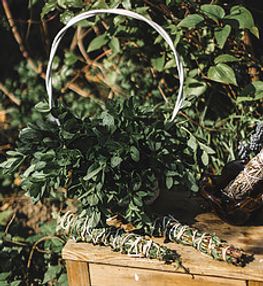Mint, from the Mentha genus, is an easy plant to grow both outdoors in the garden and indoors in pots. It is a fast growing aromatic plant. As long as you supply it with good, well-drained soil and sufficient light, you shouldn’t have any problem growing this herb. There are many varieties of mint which can be used for a multitude of purposes. Read below to learn how to successfully plant different types of mint, how to grow mint plants in your garden, and gain some insight into the versatility of this fragrant herb.
(Some of the links within this post are affiliate links on which I receive a small compensation from the sale of certain items.)
(As an Amazon Associate I earn from qualifying purchases.)
Most mint plants have either the same or very similar requirements for growing.
Sun Requirements:
Mint will thrive in a sunny to partly sunny location. Optimally, plant the mint in a sunny area.
Water Requirements:
Mint plants enjoy a moist but not soggy environment. They will die if planted in standing water.
The area needs to have adequate drainage. Place mulch over the soil to keep the plant moist.
Soil:
Mint will survive in any well drained soil. However, it will benefit more from a rich soil with a pH between 6.0 to 7.0.
Spacing:
Plant the mint 18 to 24 inches apart.
When to Plant:
Plant mint in the spring after the last frost in your area.
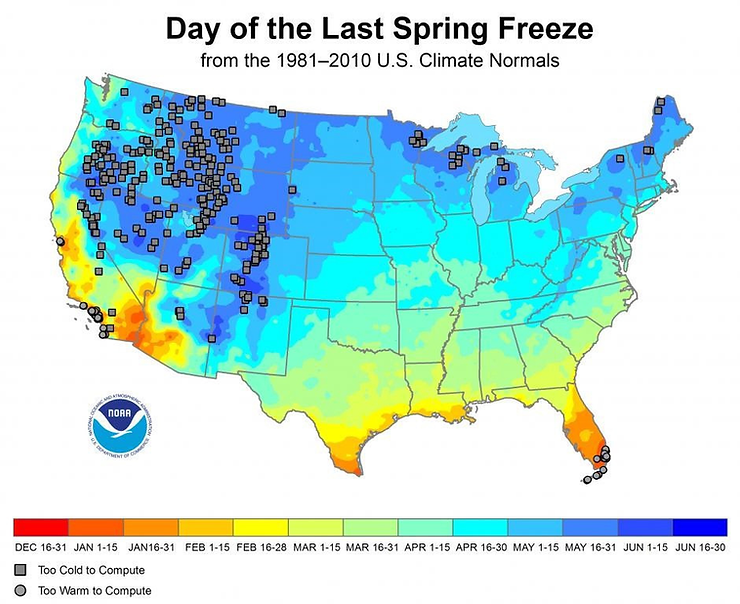
To plant from seed, refer to How to Grow Mint Indoors.
If planting seeds outdoors, sow seeds(purchase from seeds.com) directly to the ground after the last frost of the season.
-
Sow seeds 1/4 inch deep and covers lightly with soil.
-
Keep the soil moist.
-
Mint seeds will germinate in 7-14 days.
-
Thin seedlings to 18 inches apart when they have three or four true leaves.
Beware, Mint Plants Are Invasive
Mint is an extremely tough, cold-hardy perennial. Mint plants mostly spread through rhizomes, a horizontal underground stem system that puts out lateral shoots. It will take over an entire garden if it is not confined to a specific area.
How to Confine Mint Plants Outdoors:
Plant them in a large area where there are no other flowers growing. Create a mint only section of your yard.
Place them in pots and bury the pots in the ground to prevent them from spreading. The soil level in the pot should be at the level of the ground.
Surround the plants with a plastic corral barrier (Amazon) that extends at least 10 inches into the ground to prevent the lateral roots from advancing.
Transplant them into larger pots and place them on a patio.
Beware, Mint Plants Can Cross Pollinate
If you choose to plant a variety of mints in your garden, widely separate the varieties. The mint plants may cross pollinate through seeds and ultimately not retain their unique smell or flavor.
Eventually each plant will generate “off types” of the original mint plant. These “off types” have varying characteristics of the mother plant.
Cross pollination happens usually after 4 or 5 years of growth.
I suggest you plant different varieties in pots; one variety per pot. Then strategically place them in a sunny location in different areas of your garden.
However, it is almost impossible to not have them cross pollinate since they attract bees and bees help with pollination. That being said, though, the original plant will grow a dense center and retain its native characteristics. Since it is so dense, it will suppress any “off types”. If new off type shoots develop pull them out.
One variety of mint that is true to its form is the peppermint (Etsy). It is a hybrid and does not produce its own seeds. Therefore it will not generate “off types”.
How Long Do Mint Plants Last?
It’s best to replant a mint garden every 4 or 5 years before “off types” develop and before the soil is depleted of its nutrients. If you do not replant your mint garden the plants become tall and leggy.
Do not replant new mint plants in the same soil. Choose another section of the garden and create a new mint garden. Moving the mint garden to a new location will deter diseases.
Six Types of Mints to Grow in an Outdoor Garden
With over 7500 different varieties of mint to choose from, where do you begin? Below are the most commonly used mint varieties and the easiest ones to grow.
1. Peppermint (Mentha piperita)
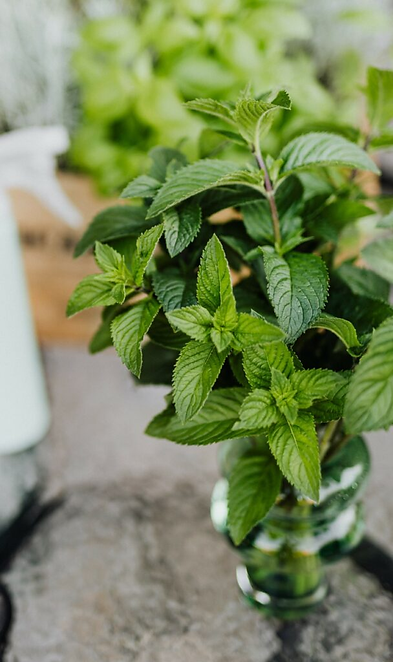
This variety is sometimes known as English peppermint or black peppermint. It is one of the most commonly grown and used plants in the mint family Lamiaceae. Peppermint is a hybrid plant that is a cross between watermint and spearmint.
Its leaves contain the essential oil (Etsy) menthol which gives the mint its cooling properties and mint scent. Menthol is a naturally occurring chemical found in peppermint. Since peppermint is a hybrid it contains 40% more menthol than its companion mints.
Peppermint can adapt to almost any soil and environment. However it will perform better in a cool, moist environment with rich, well-drained soil.
Its uses include adding flavors and fragrance to foods, cosmetics, toothpastes, mouthwashes, soaps and other products. Peppermint also has medicinal value such as ameliorating the symptoms of digestive problems, sinus infections, and common colds .
It “has a strong sweetish odour and a warm pungent taste with a cooling aftertaste” according to Brittanica. Peppermint has a more powerful flavor than other mints….think Peppermint Patties!
Peppermint has a distinct oval leaf with toothed edges which can be hairy.
- USDA Zone: 3-8
- Height: 1 to 4 feet
- Sun Exposure: full sun to part shade
- Soil: Rich well-drained soil
2. Spearmint (Mentha spicata)
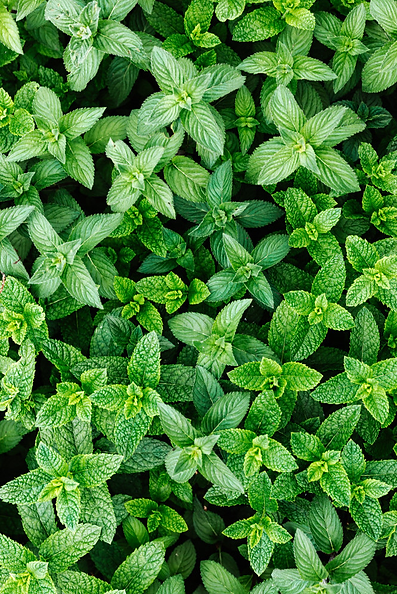
Spearmint (Etsy) was native to the Mediterranean region, then traveled to Britain, and then to the US colonies via the Pilgrims.
This mint is the most commonly used mint plant. It is similar to peppermint but spearmint has more pointed leaves and a lower menthol content; .5%.
Spearmint has a more delicate, subtle flavor and a sweet fragrance. Its flavor is derived from the chemical ingredient carvone which does not have the soothing effect of menthol…..think Spearmint Gum!
Since it has a more subtle flavor, it is used in drinks like Mojitos, and dishes like rack of lamb, and pork and vegetable spring roll dishes. Spearmint allows the other flavors and ingredients to shine simultaneously.
-
USDA Zone: hardiness zone up to zone 5
-
Height: 12 to 24 inches
-
Sun Exposure: partial shade
-
Soil: rich, well-drained
3. Chocolate Mint (Mentha piperita, “Chocolate”)
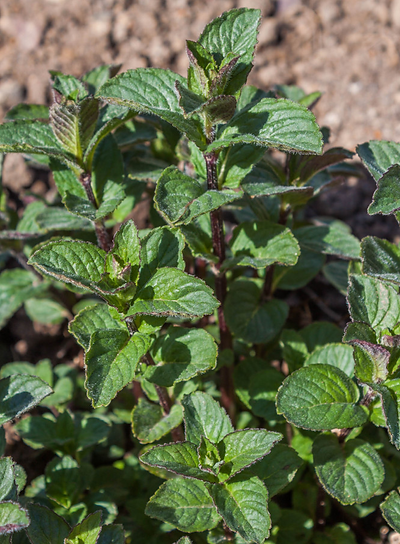
You may think this mint tastes like chocolate but it does not. Its “chocolate” name comes from its aroma. It smells like chocolate but has an orangey flavor.
Chocolate mint (Etsy) has darker leaves than most mints and has traces of brown markings on its stem and leaves.
It is used in teas, milkshakes, ice cream and various desserts. The mint adds a nice flavor when blended into whipped cream.
-
USDA Zone: 5 to 9
-
Height: 12 to 24 inches
-
Sun Exposure: full sun to partial shade (sun in the morning, shade in the afternoon is optimal)
-
Soil: rich, well-drained and moist
4. Corsican Mint (Mentha requienii)
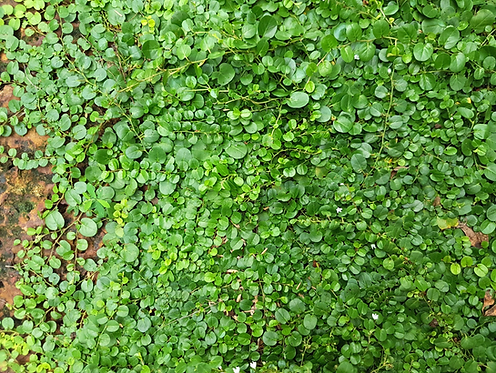
Corsican is the smallest mint variety, sometimes known as a miniature. It originated in Corsica, a small island off the southeast coast of France, northwest of Italy. Corsica is a “territorial collectivity of France”.
Corsican mint (Etsy) is a great choice for planting between stepping stones. It is a short variety and has a strong minty fragrance when crushed. Corsican mint is very dense and can withstand some foot traffic. However like all mints, it too is invasive. Be careful where you plant it.
This mint has tiny lavender flowers that are difficult to see and is used mainly in the production of the liquore Creme de Menthe. Corsican mint has antiseptic properties and is sometimes used to reduce flatulence.
-
USDA Zone: 6 to 9
-
Height: 0.5 to 1 inch
-
Sun Exposure: full sun to partial shade
-
Soil: rich, well-drained and moist
5. Pineapple Mint (Mentha suaveolens ‘Variegata’)
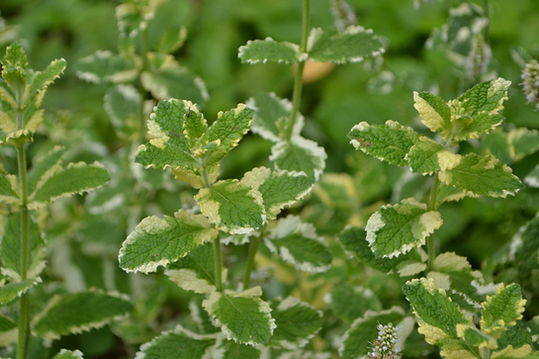
This mint is usually used as an ornamental planting because of its beauty. The delicate white rimmed leaves add interest to a garden and are utilized as a garnish in dishes.
However, it is also popular for its medicinal and culinary uses.
Pineapple mint (Etsy) is a fruity variety that has a sweet, citrusy scent. Add some fresh cut leaves to teas, jellies, and fruit salads. When dried, it can also add a delightful aroma to potpourri.
It has anti-inflammatory properties which help alleviate gastro-intestinal issues, acid reflux, and arthritis.
-
USDA Zone: 5 to 9; can be planted in zone 4 if protected through the winter
-
Height: 24 to 36 inches
-
Sun Exposure: full sun in the north; partial sun in the south
-
Soil: rich, well-drained and moist
6. American Wild Mint (Mentha canadensis)
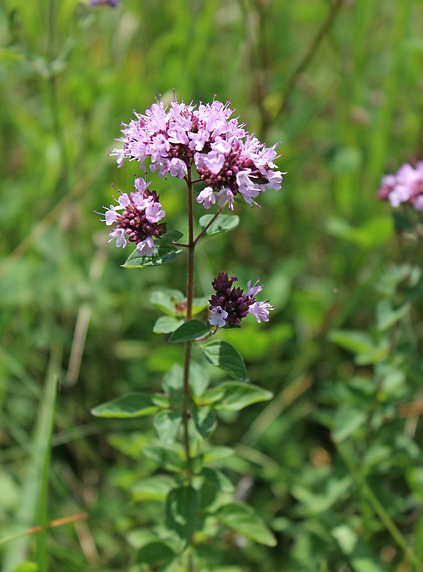
If a broad expanse of purple in meadows is what you enjoy, this is the mint to plant. It grows profusely in somewhat wet fields and at the edge of rivers.
This mint, native to America and Canada, is a great alternative to foreign imports.
The flowers of this herb are usually purple and sometimes white. There are tiny spikes at the tips the flowers. They bloom from July to August in native regions.
American Mint (Amazon) has a peppermint flavor and is used in Candy Canes during the holidays and jellies. Add its leaves, either dried or fresh, to boiling water to make a wonderful tea.
Since American Mint has high levels of menthol, it is frequently used to produced essential oils.
-
USDA Zone: 4 to 10
-
Height: 17 inches
-
Sun Exposure: full sun to partial shade
-
Soil: average, well-drained and moist
Final Thoughts – Different Types of Mint Plants
Mint plants have mostly the same growing requirements and are easy to grow. However, if you do not want them to overtake your garden, strategically place them in an area where they can be contained, either by a 10 inch deep barrier or in pots.
In order to minimize cross pollination, plant the varieties a good distance apart and pull out shoots extending from the bottom of the plants.
They have many culinary uses and medicinal qualities. These varieties of mint add interest to a garden and can be a welcome addition to your yard or patio.

I hope you have enjoyed this post. Please leave a comment below and share this article with friends and family.
Happy Gardening!
Nina
bestgardeningforbeginners@gmail.com

